5 “boring” UI patterns that make AI results way better
1) Structured prompt

Break the prompt into six fields — role, goal, input, constraints, style, output. the app merges them into one submission.
Perfect for new users or any workflow that always needs the same pieces. it reduces “what do i type?” and keeps prompts consistent across the team.
Real life example: UIzard using the structure for the prompt
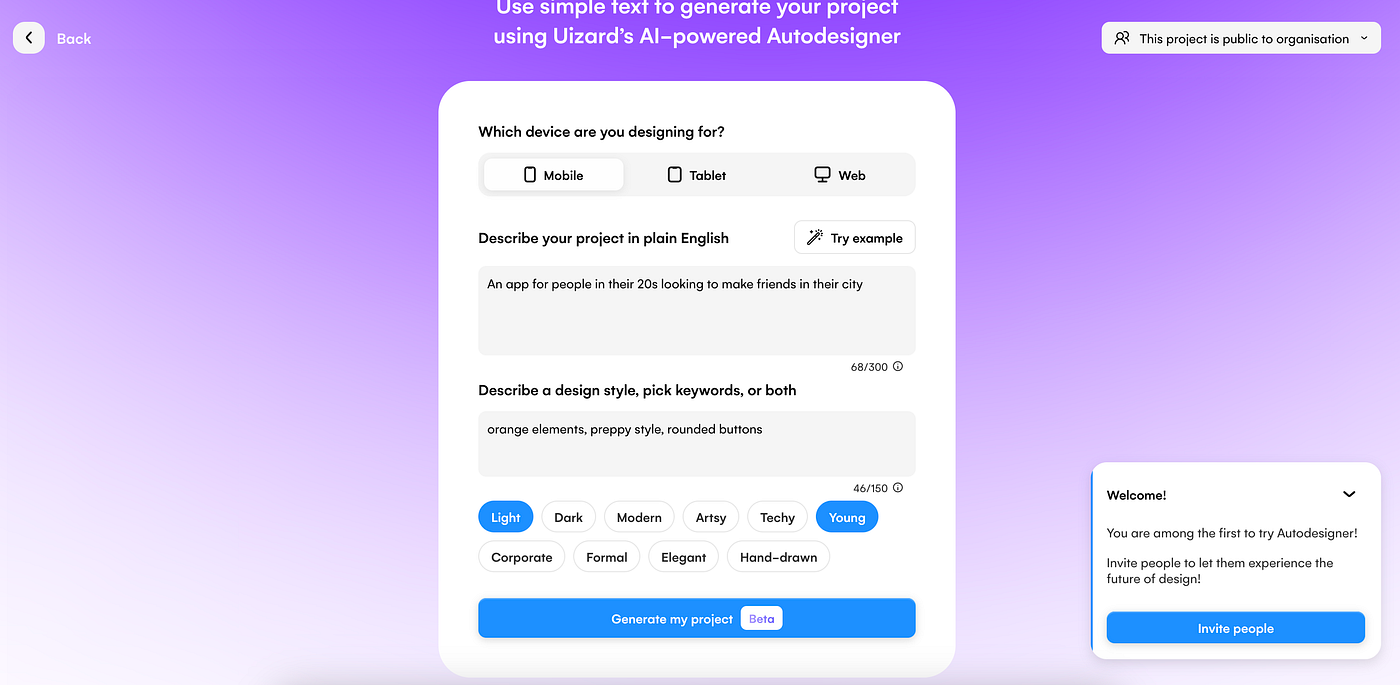
2) AI-assisted editing
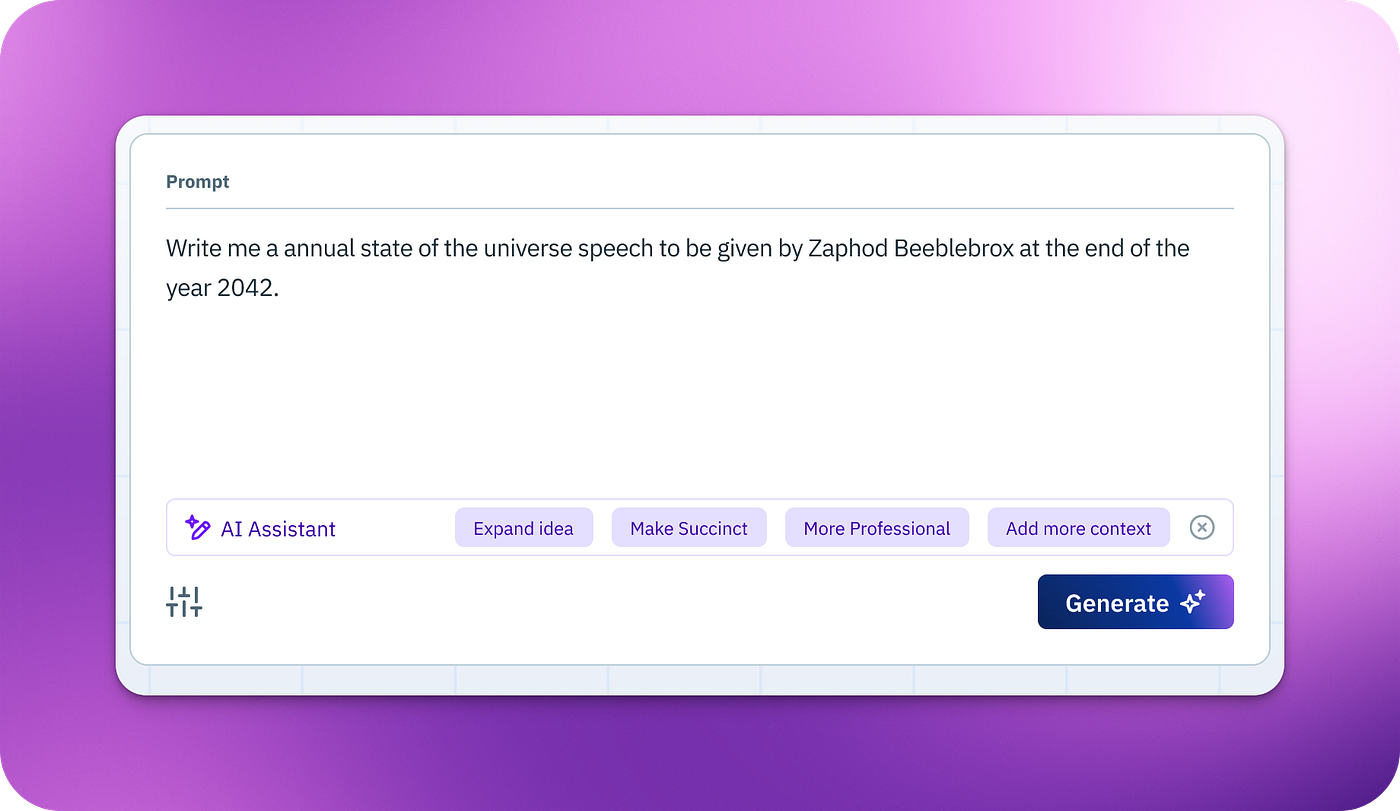
Quick, inline helpers that clean up whatever the person just typed.
Great for folks who aren’t confident writers — or anyone rushing. the point is momentum.
Real life example: ChatGPT: As the user typed “how much should I feed,” the system attempted to complete the question for her. These are prompt-autocomplete suggestions.
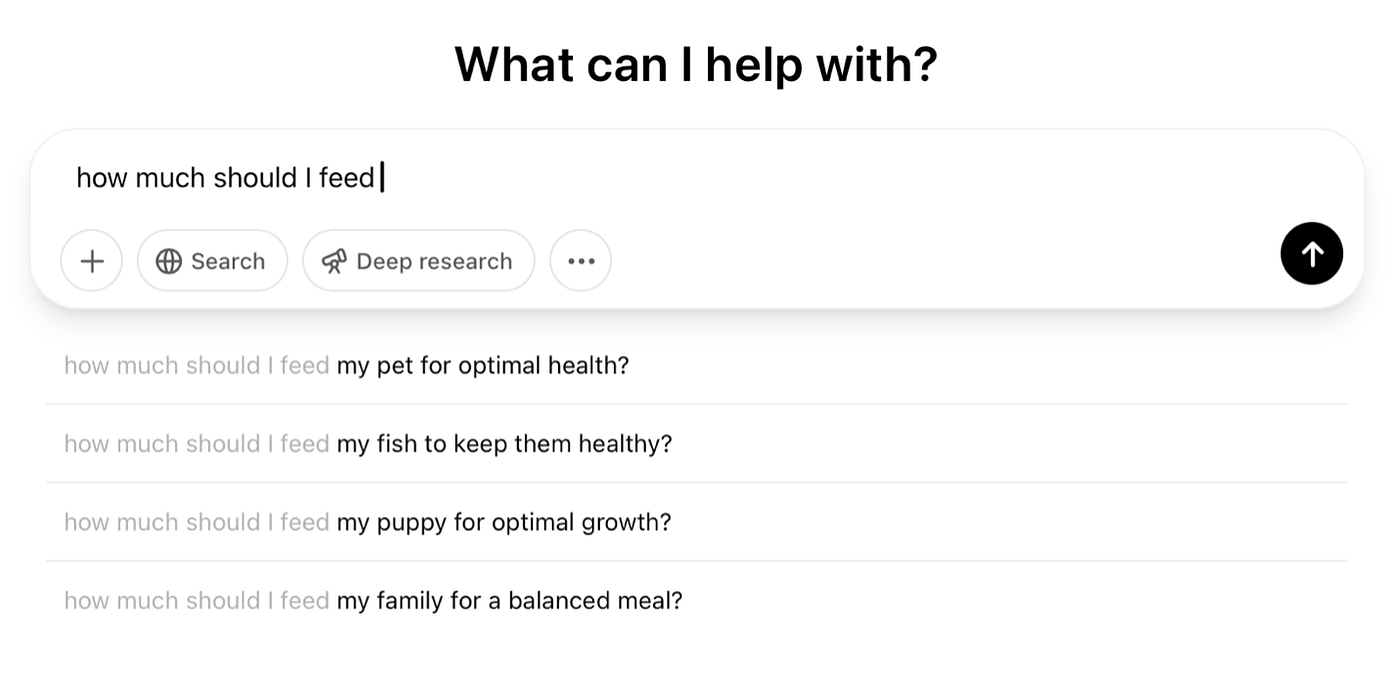
3) Feedback on prompt quality
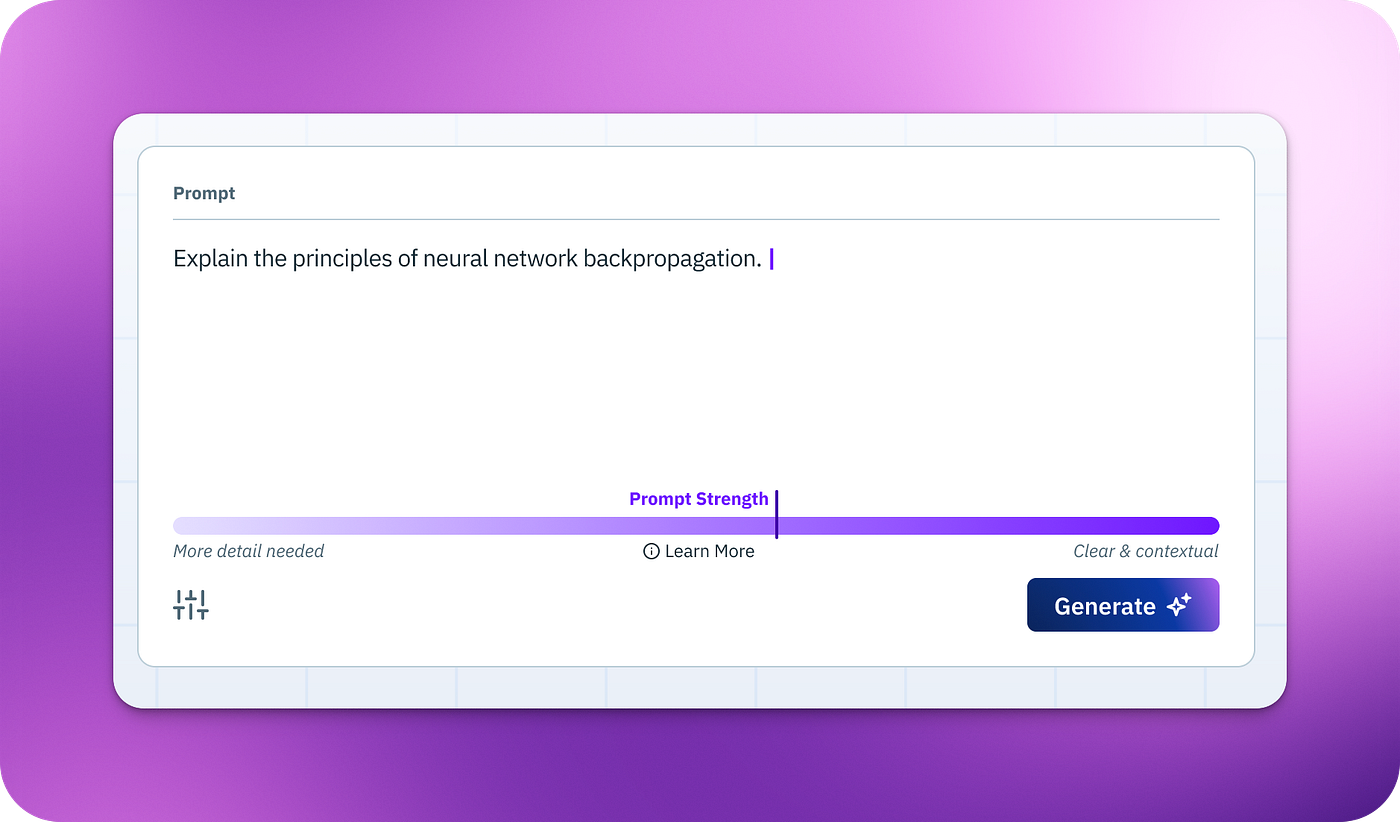
Guide users to understand what makes a good prompt will help them learn how to craft prompts that result in better outputs.
A tiny meter and one fix-it tip before the user hits send. Use always since generation costs time and money; this prevents junk inputs.
4) Dynamic suggestions
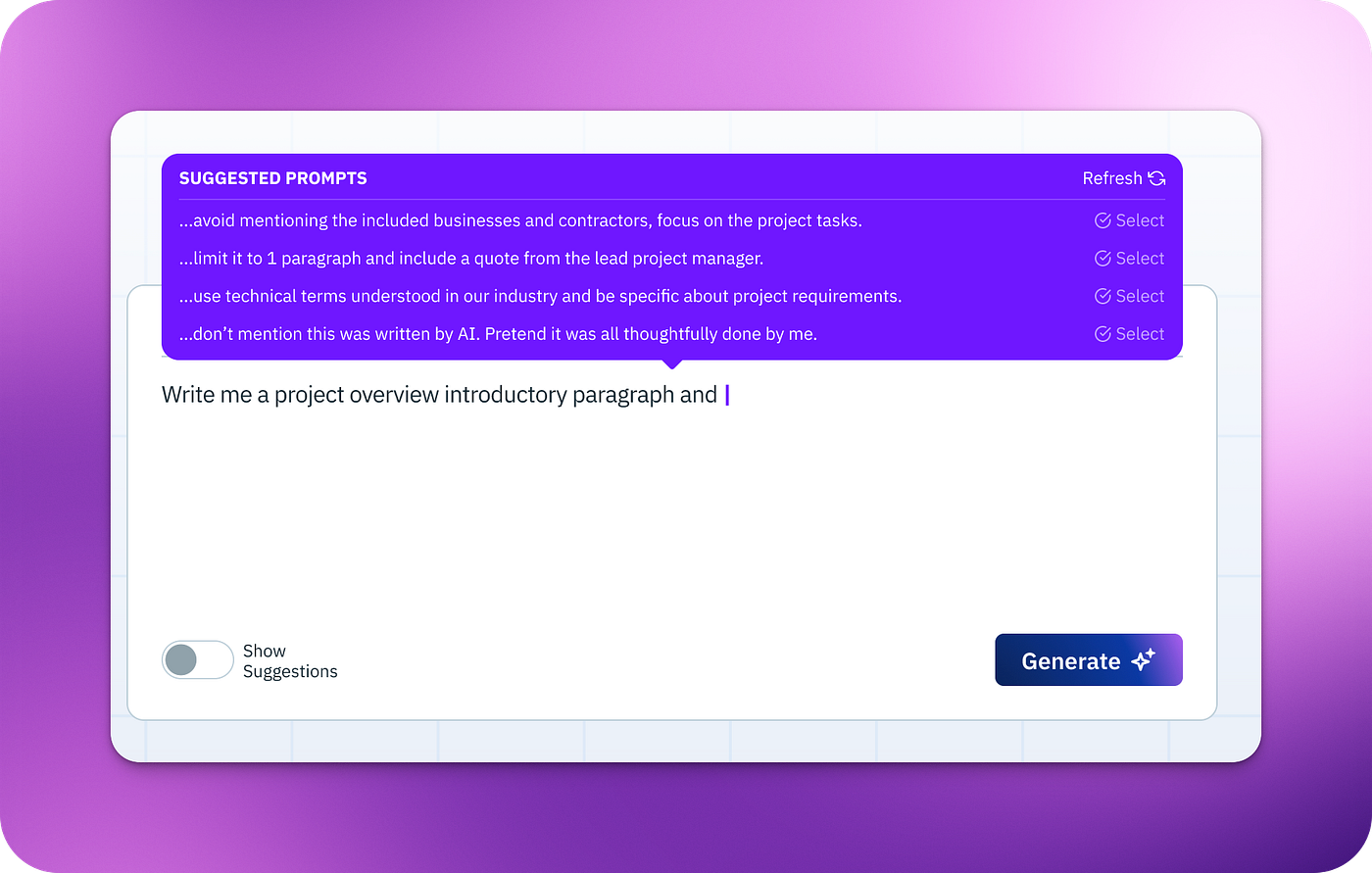
As you type, the system suggests completions — like grammar tools, but for prompts. Passive help that anyone can accept or ignore. It’s especially good at nudging toward better structure.
Real life example: Notion AI provides dynamic suggestion based on content
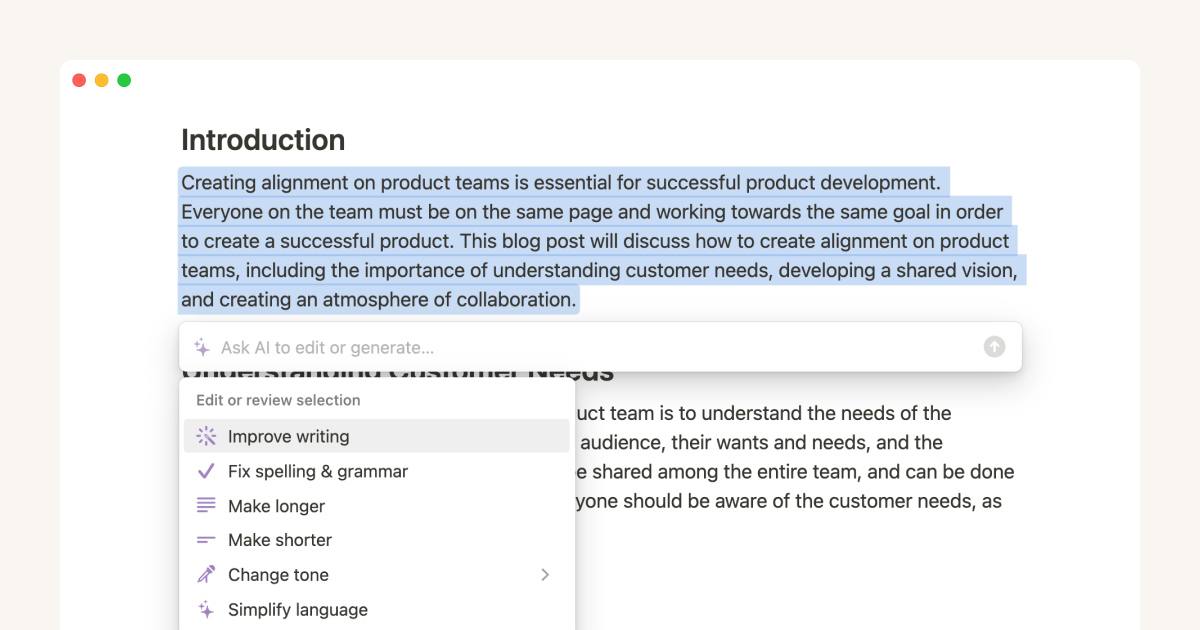
5) Prompt templates
Save good prompts. pull them up fast. edit and resave. Novices avoid blank-page syndrome; advanced users reuse their best work without hunting through docs.
Chat is fine. Guided chat is better.
Start with structured prompt + four revise buttons. Add a meter. Sprinkle dynamic suggestions.
Source: Medium
